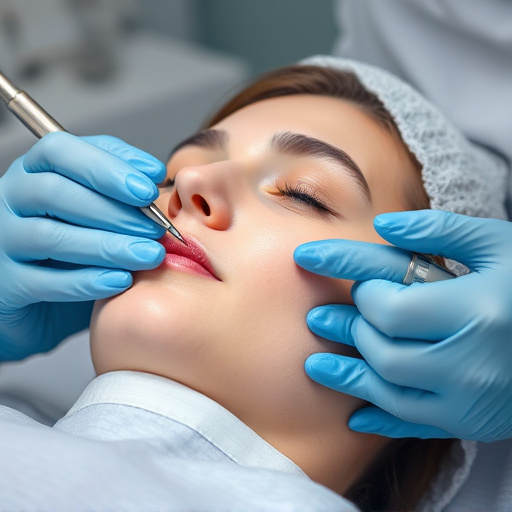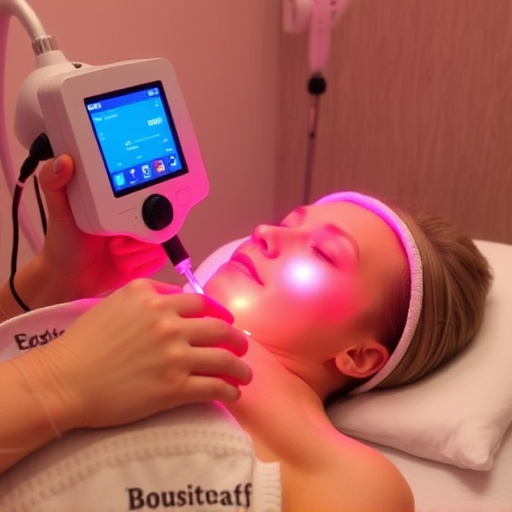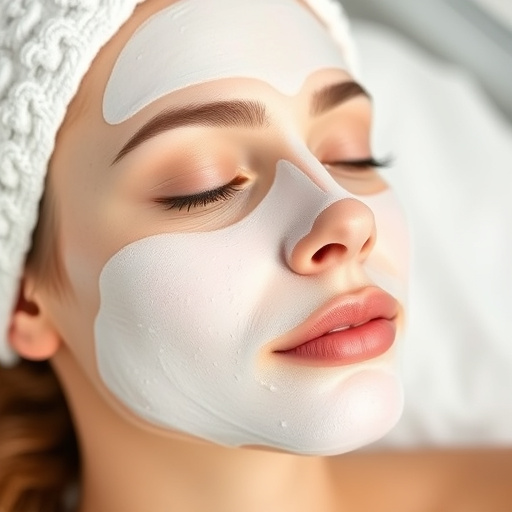Salicylic acid peels are versatile skincare treatments that exfoliate skin, remove dead cells, and improve various skin concerns like acne, fine lines, and uneven tone. Usage frequency should be determined by a dermatologist to avoid irritation, with options ranging from at-home gentle peels to professional medical-strength ones. These peels accelerate cell turnover by dissolving glue binding dead skin cells, but can cause irritation or dryness, necessitating professional guidance on application frequency and post-peel care.
“Unveil your skin’s radiance with salicylic acid peels—a popular skincare treatment. This article guides you through the ins and outs of these powerful exfoliants, from their benefits and various types to finding the perfect frequency for your skin.
Learn how to strike the right balance, as overusing can cause irritation. We’ll explore safety precautions and potential side effects, ensuring an informed approach to incorporating salicylic acid peels into your skincare routine. Uncover the secrets to achieving healthy, glowing skin with this effective treatment.”
- Understanding Salicylic Acid Peels: Benefits and Types
- Determining the Right Frequency for Your Skin
- Safety Precautions and Potential Side Effects
Understanding Salicylic Acid Peels: Benefits and Types

Salicylic acid peels are a popular skincare treatment that offers significant benefits for maintaining and improving skin health. These peels work by chemically exfoliating the top layer of the skin, removing dead cells and uncovering smoother, brighter skin beneath. This process enhances the skin’s ability to absorb products and promotes a more even complexion.
There are various types of salicylic acid peels, ranging from mild to strong, each suited for different skin concerns. Over-the-counter options are available for gentle at-home use, while medical-strength peels are administered by professionals for more severe conditions. Chemical peels, including those containing salicylic acid, can effectively treat acne, reduce the appearance of fine lines and wrinkles, and even out skin tone. However, it’s crucial to understand that frequent or incorrect use may cause irritation. Therefore, consulting a dermatologist is recommended to determine the optimal frequency and type of salicylic acid peel for your specific needs, whether it’s as part of a regular skincare routine or for targeted treatments like hydrating facials.
Determining the Right Frequency for Your Skin

Determining the right frequency for salicylic acid peel usage is crucial for achieving optimal results without causing skin irritation or damage. The ideal frequency depends on your skin type and the specific concerns you’re addressing, such as acne scars, fine lines, or dullness. For those with mild to moderate acne or rough skin texture, a salicylic acid peel every 2-4 weeks can be beneficial. This interval allows for gradual exfoliation, promoting cell turnover and unclogging pores without overdoing it.
If you’re considering anti aging treatments like microneedling therapy or chemical peels alongside your salicylic acid peel routine, it’s important to consult a dermatologist. They can guide you on the best frequency for each treatment based on your skin’s response and overall health. Balancing these procedures is key to achieving smoother, brighter skin without causing sensitivity or complications.
Safety Precautions and Potential Side Effects

Using salicylic acid peels can be an effective way to improve skin texture and reduce signs of aging, but it’s crucial to approach this facial treatment with caution. Safety precautions are essential as salicylic acid is a powerful exfoliant that works by dissolving the glue that holds dead skin cells together. This process not only helps to unclog pores but also speeds up cell turnover. However, it can cause irritation or dryness if not used correctly.
Potential side effects include redness, peeling, and temporary sensitivity, especially for those with sensitive skin. Overuse or incorrect application may lead to more severe reactions. It’s important to follow professional advice regarding the frequency of salicylic acid peel usage, typically once every 2-4 weeks, depending on your skin type and condition. Customized facials that incorporate this ingredient should be performed by trained professionals to ensure a safe and effective experience, while hydrating facials can complement these treatments by restoring moisture levels afterward.
Salicylic acid peels can be a powerful tool for achieving smoother, brighter skin, but it’s essential to use them judiciously. Depending on your skin type and condition, applying a salicylic acid peel every 2-4 weeks is typically safe and effective. Always start with a lower concentration and gradually increase as your skin tolerates the treatment. Remember to follow safety precautions, like wearing sunscreen afterward, and be mindful of potential side effects such as irritation or dryness. With proper use, salicylic acid peels can offer significant benefits in reducing acne scars, unclumping congestion, and revealing a more even complexion.














